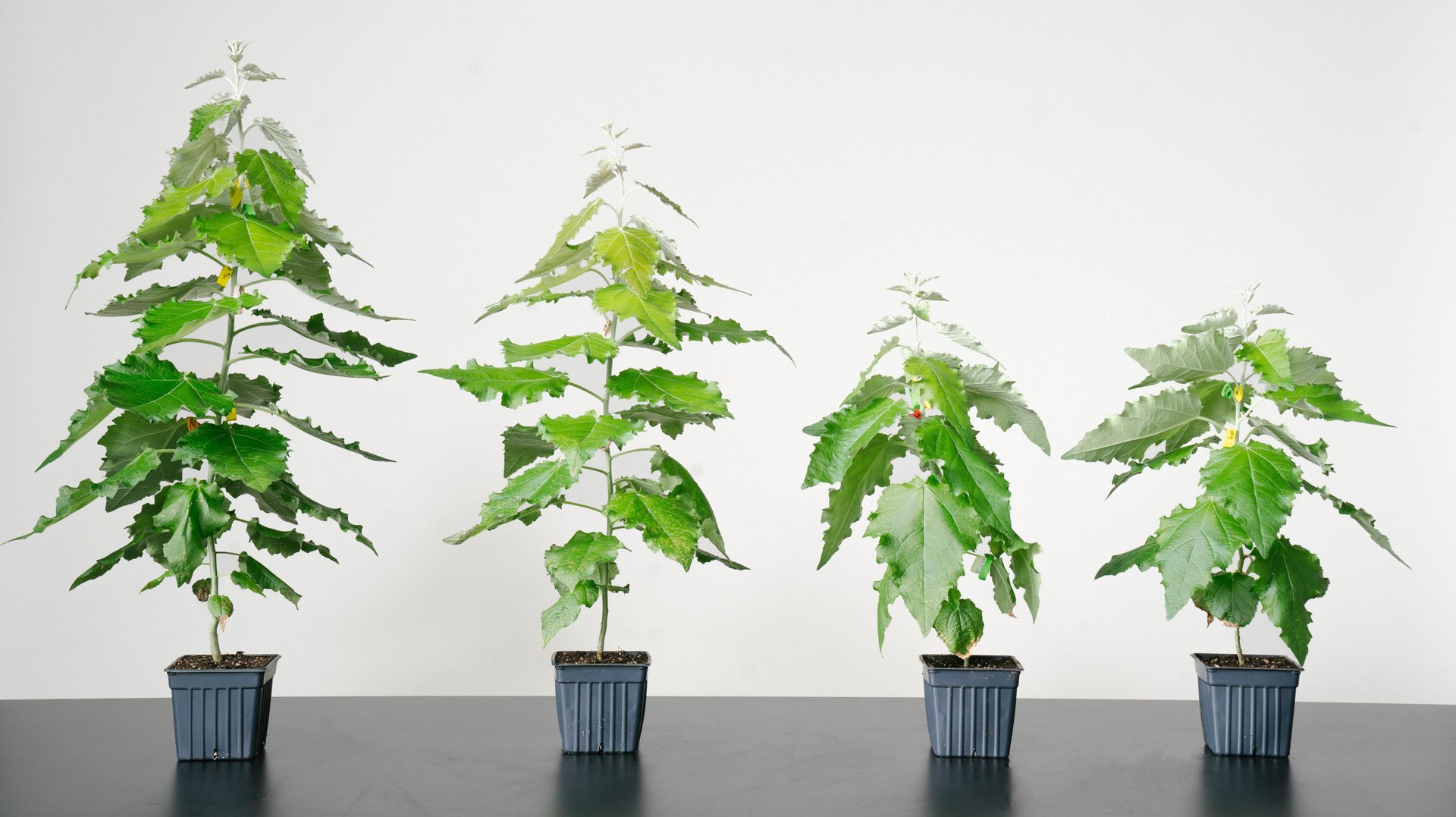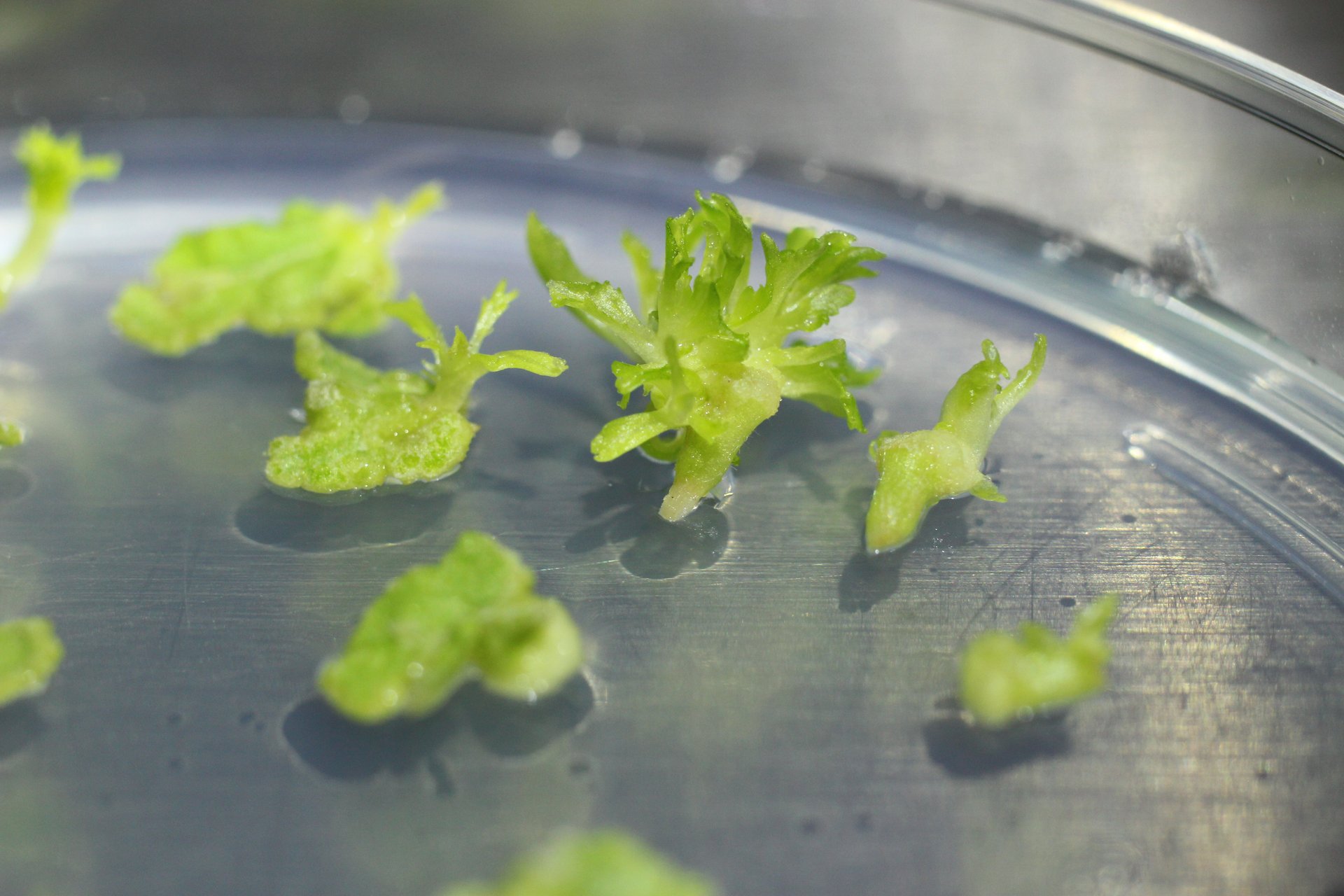Can millions of genetically modified trees slow climate change?
Living Carbon wants to use fast-growing trees to remediate environmentally damaged lands

Planting a tree, as environmental solutions go, comes in and out of fashion.
In 1970, US president Richard Nixon made Arbor Day a national holiday, urging people to get out and put saplings in the ground. Today, however, there is ongoing debate over whether a trillion new trees can meaningfully slow global warming, and whether incentives meant to protect forests actually do the job.
What is clear is that the fight against climate change is not just about reducing carbon emissions. Scientists estimate that to keep Earth’s climate at stable temperature, some 10 gigatons of carbon in the atmosphere must be removed each year by the middle of this century.
Engineers are developing machines that suck carbon out of the air, and power plants that can store it deep underground, but so far neither method has been proven efficient at scale. That’s why some think it’s time for nature’s greatest carbon-hoovering creation to get an upgrade.
Living Carbon, a start-up in San Francisco, raised $21 million earlier this year with that exact approach: For its first product, it modified the genetics of poplar trees to grow 50% faster and capture 27% more carbon than before, at least in greenhouse conditions. Now the company is planting as many as 5 million of these trees—likely the first widespread use of genetically modified trees in the US.
The business model is to take advantage of incentives for carbon reduction provided by governments and nonprofits. Living Carbon wants to work with people and companies who own land that is environmentally degraded from industrial or agricultural use, some 133 million acres in the US. Living Carbon will pay to plant its trees on the land, and then work with third parties like Watershed to measure the carbon impact of those plantings. Then, it can sell credits for that stored carbon to corporations seeking to offset their carbon emissions. Or, companies can partner with Living Carbon directly and use the trees for their own internal carbon calculations.
The company’s CEO and founder, Maddie Hall, was a former OpenAI employee who saw an opportunity in giving world class plant biologists the same opportunities as AI researchers to pursue frontier science at commercial scale.
“We can plant enough trees by 2030 to remove a gigaton of carbon,” she told Quartz last month.
But whether these modified trees can sustain both a profitable business and a net reduction in emissions will only be proven after these trees have spent years growing in the wild.
“What Living Carbon is trying to do has never been done before at all,” said Steve Strauss, a professor of forest biotechnology at Oregon State University, who has partnered with Living Carbon on its research, including a field trial of more than 600 trees. “It’s very bold and I told them that ... everything about this is high risk, in my view.”
How to make a carbon-hungry tree
Altering plant genetics to produce better outcomes has been a part of human history since the dawn of agriculture. But these days generational breeding programs have been supplanted by a modern understanding of how to manipulate genetic information.
Living Carbon’s trees take advantage of natural evolution. Photosynthesis — when plants convert carbon dioxide, water and sunlight into fuel for growth—can accidentally produce toxic byproducts. Many trees have to spend their energy on biological systems that remove this waste, but other plants have evolved more efficient forms of photosynthesis. Living Carbon uses a method called “particle bombardment” to incorporate genetic material from more efficient plants into the poplar trees it plans to plant in the wild. The technique also allows the company to avoid regulation by the USDA and forestry standards groups that look askance at planting trees with genes modified by other techniques in the wild.
The company started with poplars, which are a popular tree for environmental remediation because of their ability to reduce and destroy industrial toxins. In lab conditions, Living Carbon’s poplars have grown much faster and larger than unmodified trees, suggesting that they will speed carbon storage in the field. Hall hopes that the fast-growing trees will also be useful for combatting invasive species and creating forest canopy to promote the return of native plants. Vince Stanley, a Georgia farmer who is working with Living Carbon, has planted 10,500 of their poplar trees on his property and says that being able to harvest them more frequently than the current 50-year rotation schedule promises more profits.
Living Carbon is also developing its own version of the Loblolly Pine, which is frequently grown commercially as a lumber source. It also wants to develop trees that accumulate more metals into their wood, slowing rotting and allowing them to store carbon for longer.

Forestry experts told Quartz that Living Carbon’s results were plausible, but whether the new trees will have a useful environmental impact depends on many factors over a long timescale. Ultimately, the trees will eventually die and return their carbon to the ecosystem, or be harvested, with the fate of their carbon tied to the use of the lumber. If they wind up burned, or dumped, that won’t be that helpful in the long run.
Some wondered whether the tree species would be suited to the areas where they are planted, or if their fast growth would require too much water. They also noted that plantation-style tree growth focused on a small number of species could be susceptible to pest and pathogens.
“It would probably make more sense to plant trees that historically grew in places and are relatively adapted to them and to the pests and pathogens that occur there,” said Andrew Morris Latimer, a professor at the University of California, Davis.
The scientists were less concerned about the genetically altered trees leading to unexpected consequences in local ecosystems. Hall says the company is now only planting low-flowering female trees to limit wild reproduction. Strauss argues that given the global climate emergency, it’s irresponsible not to explore whether biotechnology can play a role in halting global warming.
But he adds an important caveat: It takes years to demonstrate that traits seen in trees grown in the controlled environment of the greenhouse will take root in the field. It’s too early to know if Living Carbon’s lab results will hold true across millions of trees planted in sites around the country.
A solution in search of a market
“The most surprising thing to me about building this company has been the challenges coming from the collective action problems from carbon removal projects,” Hall says. “The technology and the land partners weren’t that difficult.”
Namely, those collective action problems are figuring out how to reliably and independently measure the carbon savings of a project like planting trees on degraded land, and in turn assigning it a monetary value. The company depends on these efforts — “Living Carbon’s trees would not be planted or exist without carbon credit markets,” Hall says — even as questions about their reliability emerge. A recent investigation into Verra, an international carbon standards organization, found that many of its projects were likely not offsetting carbon emissions, and could have been worsening them.
Hall notes that the Verra projects under scrutiny were focused on halting deforestation and improving existing tree stands, which requires more complex assessment than planting new trees. She sees her company as a hybrid between nature-based solutions to climate change, like slowing deforestation, and engineering solutions, like the development of machines to capture carbon out of the air.
“Both have their challenges...engineered solutions are challenged by getting to scale [and] with nature-based solutions, it’s much more on the transparency and the durability and the quality of the projects,” Hall says. She is heartened by the push for better models that link what’s actually happening on the land to financial results, with verification through remote-sensing.
“There’s no question that trees suck C02 out of the atmosphere and store it for long periods of time,” Strauss says. “Whether that matters in the big picture, whether it’s big enough to matter, is a whole other question.”
One plausible estimate finds that there are about 228 billion trees in the US. Major forestry companies plant tens of millions or billions of trees annually, Strauss says, and the millions of trees Living Carbon is planning to sow are likely to cover just hundreds of acres.
“My way to think about what they’re doing [is] see if it works at scale and in the kinds of environments they are putting them in,” Strauss says. “We need to be patient, we don’t really know what we have.”